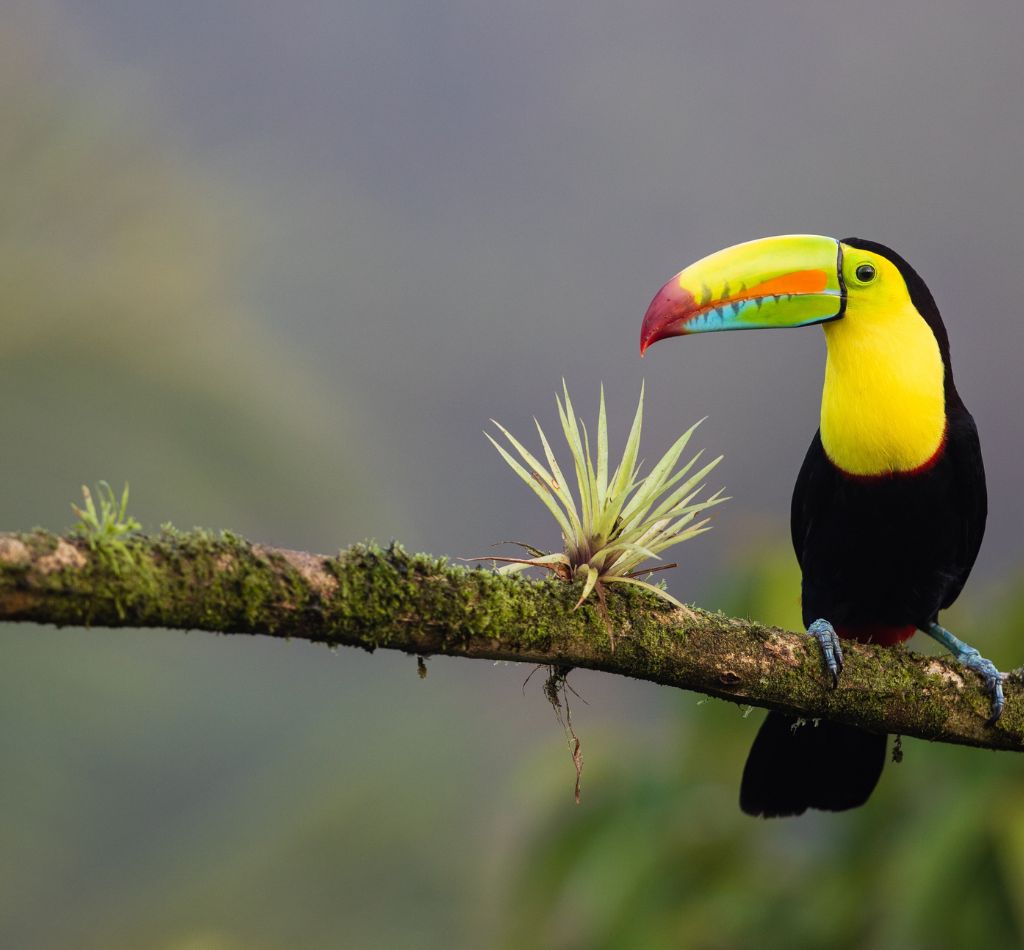
Encountering Amazonian Wildlife
A Guide to Spotting Monkeys, Sloths, and Other Creatures
The Amazon rainforest is renowned for its diverse array of wildlife, with monkeys, sloths, and other creatures inhabiting the lush canopy and forest floor. Encountering these animals in their natural habitat is a truly unforgettable experience, providing a glimpse into the complex ecosystem of the Amazon and the incredible creatures that call it home.
However, it is important to approach these wildlife encounters responsibly and with a deep respect for the animals and their environment. That’s why I’ve created this guide to help visitors to the Amazon spot and identify the different species of monkeys, sloths, and other creatures they may encounter during their travels.
How do you encounter amazonian wildlife?
To encounter Amazonian wildlife, it is essential to explore the rainforest with the help of a local guide or naturalist who is knowledgeable about the area and the different species that call it home. It is important to take precautions and follow dos and don’ts when interacting with wildlife to ensure your safety and the safety of the animals around you. This includes keeping a safe distance, avoiding sudden movements, and listening for warning signs from the animals. Additionally, learning to identify different species and their unique behaviors and characteristics can enhance your wildlife-watching experience while supporting conservation efforts and preserving the natural beauty of the rainforest.
Importance of wildlife encounters in the Amazon
Encountering Amazonian wildlife is not just a thrilling experience but also a powerful tool for raising awareness of the importance of conservation efforts in the region. By seeing these animals up close and learning about their behaviors and habitats, visitors can gain a deeper appreciation for the incredible biodiversity of the Amazon and the urgent need to protect it.
In addition, responsible wildlife encounters can provide a sustainable source of income for local communities, encouraging them to prioritize conservation efforts and resist the pressures of industries such as logging and mining that threaten the delicate balance of the rainforest.
If you’re interested in encountering Amazonian wildlife during your trip, be sure to check out these Amazon Rainforest trip guides. Whether you’re looking for a shorter 3-day trip or a more immersive 7-day adventure, these guides have everything you need to make the most of your journey.
And if you’re still deciding on where to go in the Amazon, consider Puerto Nariño, a truly unique and unforgettable destination that offers something for everyone. Check out this guide to 10 reasons why Puerto Nariño should be your next Amazon adventure for some inspiration on why this one-of-a-kind destination is worth a visit.
Purpose of the guide
The purpose of this guide is to provide visitors to the Amazon with a comprehensive overview of the different species of monkeys, sloths, and other creatures they may encounter during their travels. I’ll provide tips for spotting and identifying these animals and important safety considerations to keep in mind when interacting with them.
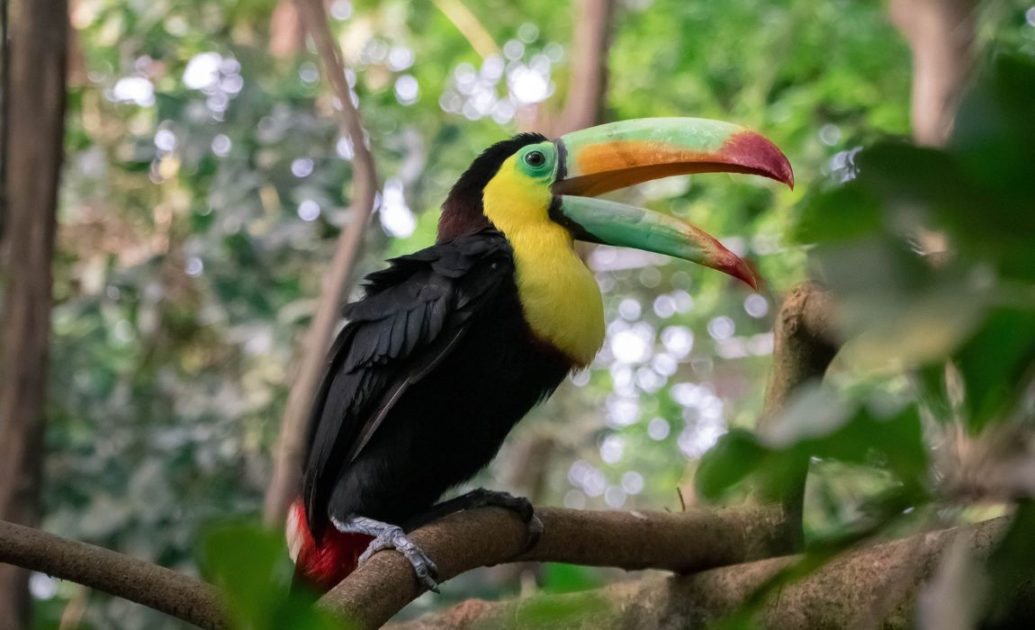
Whether you’re an avid wildlife enthusiast or simply looking to deepen your understanding of the incredible ecosystem of the Amazon, this guide will provide you with the knowledge and tools you need to have a safe and responsible wildlife encounter. So pack your binoculars and get ready for an unforgettable adventure in the heart of the world’s largest rainforest!
Monkey Spotting in the Amazon: A Guide to Identifying Capuchin, Squirrel, Spider, and Tamarin Monkeys
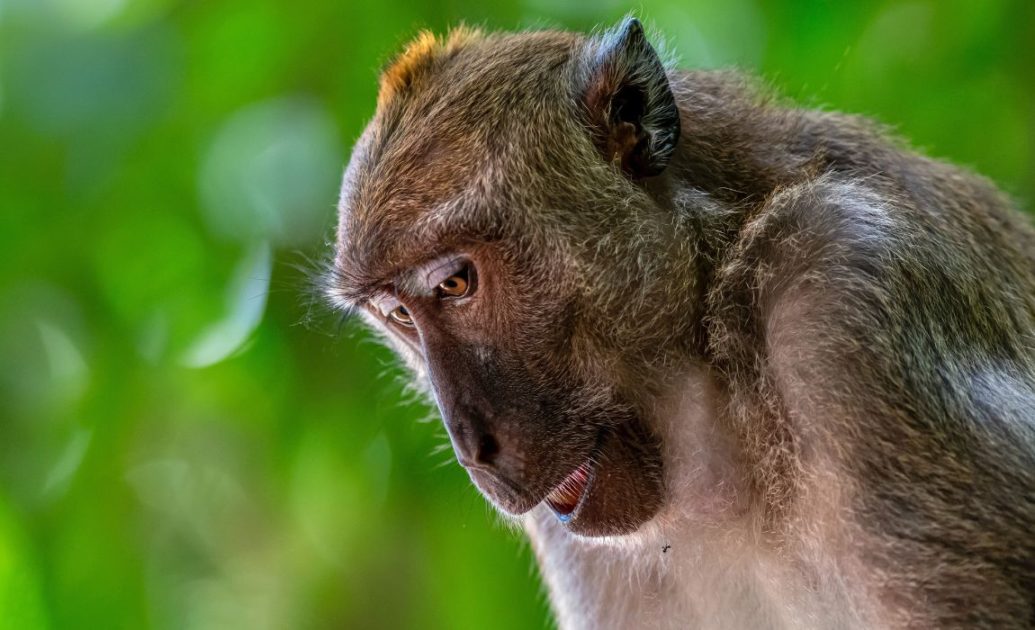
Monkeys are some of the most commonly encountered animals in the Amazon, with over 70 different species found throughout the rainforest. These primates come in various shapes and sizes, from the tiny pygmy marmoset to the giant and charismatic howler monkey.
Overview of monkey species in the Amazon
Some of the most commonly encountered monkey species in the Amazon include the capuchin monkey, squirrel monkey, spider monkey, and tamarin monkey. Each of these species has unique physical characteristics and behaviors that can help you identify them in the wild.
Capuchin monkeys, for example, are easily recognized by their distinctive brown or black fur and tufted ears. They are often seen foraging for food in small groups and using sticks and rocks to crack open nuts and fruits.
Squirrel monkeys, on the other hand, are much smaller and more agile, with grayish-brown fur and a white face. They are known for their acrobatic abilities and can often be seen leaping between branches and vines for food.
Spider monkeys are larger and more slow-moving, with long arms and legs that help them swing through the trees. They have black fur and a prehensile tail that they use to grip onto branches and are often seen in small family groups.
Finally, tamarin monkeys are some of the smallest primates in the Amazon, with distinctive tufted ears and various colors, from black to orange and white. They are known for their high-pitched vocalizations and social behavior, often living in groups of up to 15 individuals.
Tips for spotting monkeys in their natural habitat
When looking for monkeys in the wild, it’s important to be patient and observant. Monkeys are often most active in the early morning or late afternoon, so plan your wildlife watching during these times.
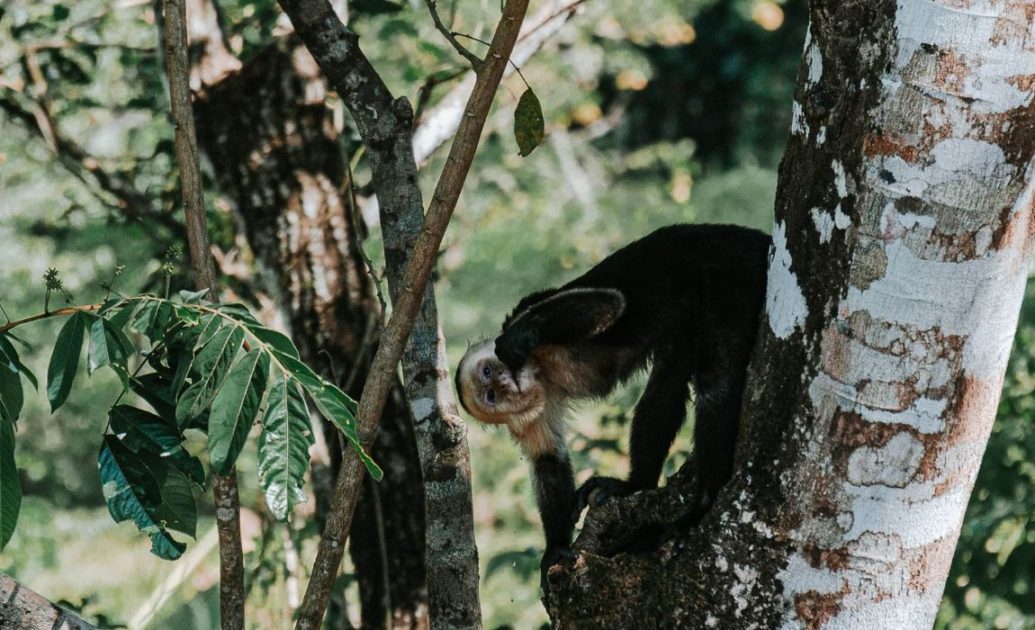
Look for movement in the trees and listen for the sounds of rustling leaves and vocalizations. Monkeys often communicate with each other using a range of calls and cries, so learning to identify these sounds can help you locate them more easily.
Common monkey behaviors and characteristics
In addition to their physical appearance, monkeys exhibit various behaviors that can help you identify them in the wild. Some species, like the capuchin monkey, are highly intelligent and are known to use tools to forage for food. Others, like the howler monkey, have a distinctive vocalization that can be heard from miles away.
Monkeys are also highly social animals, often living in large family groups and exhibiting a range of complex behaviors, from grooming and play to conflict resolution and cooperation. Observing these behaviors in the wild can provide a fascinating insight into the social dynamics of these intelligent and fascinating animals.
Sloth Spotting in the Amazon: A Guide to Identifying Two-toed and Three-toed Sloths
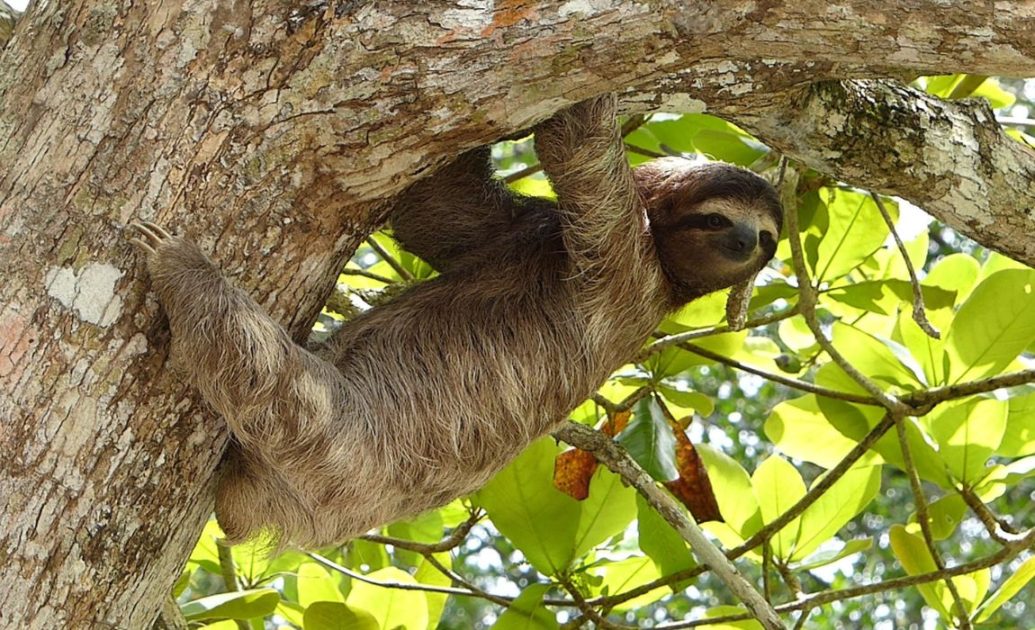
Sloths are one of the most iconic animals of the Amazon, known for their slow-moving and docile nature. These arboreal mammals spend most of their lives high up in the trees, moving slowly from branch to branch in search of food.
Overview of sloth species in the Amazon
Two main species of sloths are found in the Amazon: the two-toed sloth and the three-toed sloth. Despite their similar appearance, these two species have key differences in physical characteristics and behavior.
Two-toed sloths are larger and more active than their three-toed counterparts, with a shaggy coat of fur and a longer snout. They are often seen moving through the trees in search of food and are known to come down to the forest floor to defecate.
On the other hand, three-toed sloths are smaller and more sedentary, spending most of their lives hanging upside down from branches. They have a shorter snout and a smoother coat of fur and are able to turn their heads almost 360 degrees thanks to their flexible necks.
Tips for spotting sloths in their natural habitat
Sloths can be difficult to spot in the wild, blending in well with the trees and moving slowly and deliberately. However, a few key signs to look out for can help you identify their presence.
First, keep an eye out for movement in the trees. Sloths may move slowly but are still active creatures that need to forage for food and move to new locations. Look for slow and deliberate movement, often accompanied by the sound of rustling leaves.
You can also try scanning the treetops for clusters of leaves that have been stripped of their foliage. Sloths feed on leaves and branches, and their feeding patterns can create distinctive patterns in the canopy that can help you locate them.
Common sloth behaviors and characteristics
In addition to their slow movement and sedentary lifestyle, sloths have a few other distinctive behaviors and characteristics that can help you identify them in the wild. For example, sloths have a unique digestive system that allows them to extract maximum nutrition from their leafy diet, meaning they only defecate once a week.

Sloths also have a range of physical adaptations that make them well-suited to life in the trees. Their long arms and claws allow them to easily grip onto branches and move through the canopy. At the same time, their unique metabolism will enable them to conserve energy and remain motionless for long periods of time.
Overall, sloths are a fascinating and unique part of the Amazonian ecosystem, and spotting them in the wild can be a truly unforgettable experience. Identifying their distinctive behaviors and characteristics can enhance your wildlife-watching experience and help you gain a deeper appreciation for these incredible creatures.
Exploring Amazonian Wildlife: A Guide to Spotting Jaguars, Anacondas, Macaws, Toucans, Caimans, and Giant Otters
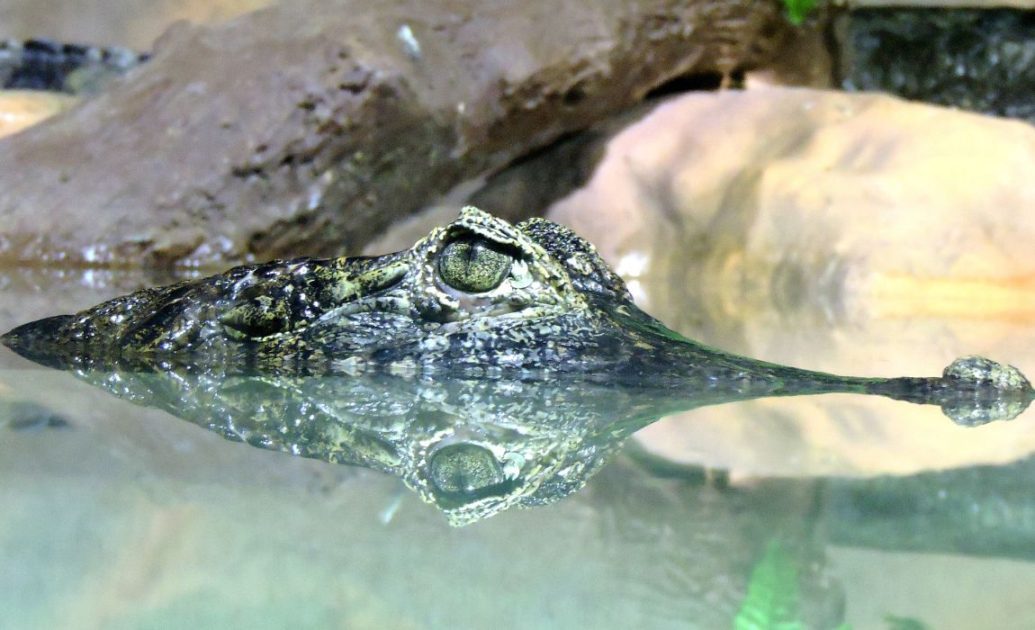
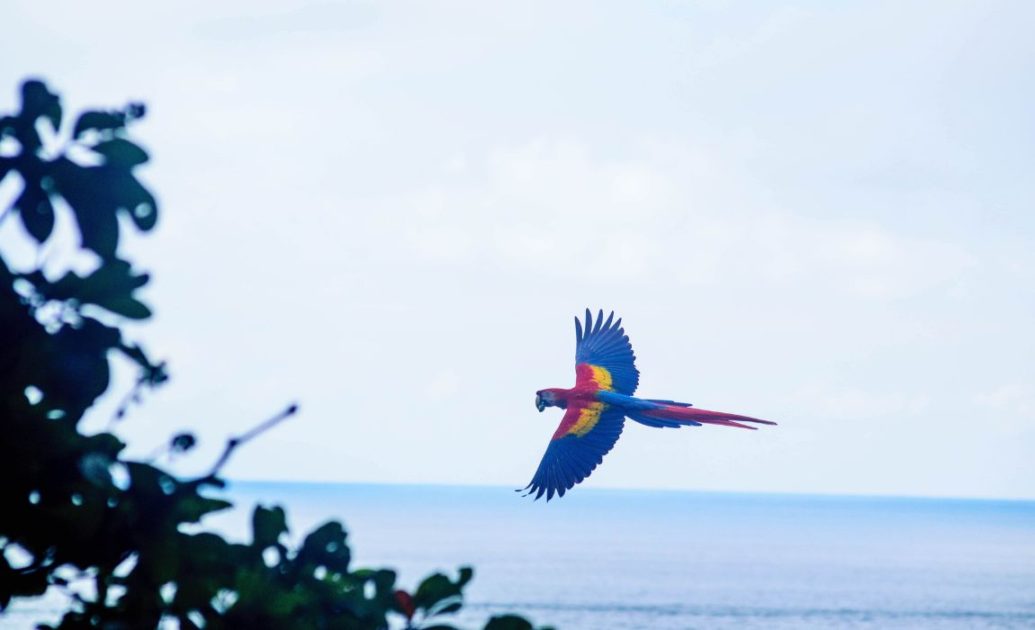
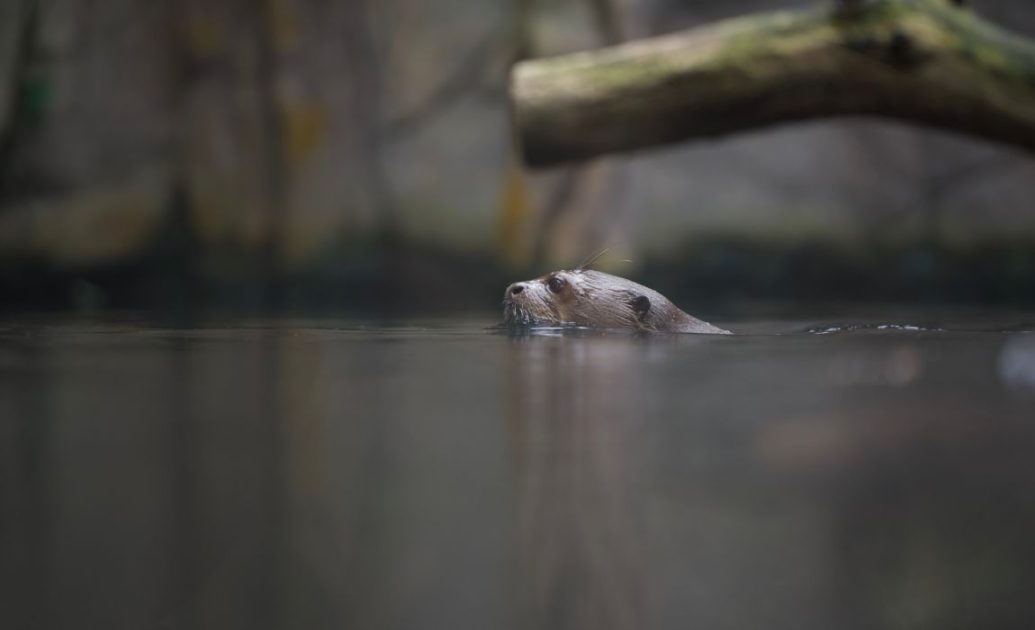
In addition to monkeys and sloths, the Amazon rainforest is home to a diverse array of other wildlife, from colorful birds and insects to giant reptiles and mammals. Whether exploring the forest floor or scanning the treetops, there’s always something new and fascinating to discover in this incredible ecosystem.
Overview of other commonly encountered wildlife in the Amazon
Some of the most commonly encountered wildlife in the Amazon include jaguars, anacondas, macaws, toucans, caimans, and giant otters. Each of these species has unique physical characteristics and behaviors that can help you identify them in the wild.
Jaguars are the largest cats in the Americas and can be identified by their distinctive black and orange spots. They are powerful hunters and are often seen stalking their prey along the forest floor.
Anacondas are some of the largest snakes in the world and can grow up to 30 feet long. They are excellent swimmers and are often found near rivers and waterways in the Amazon.
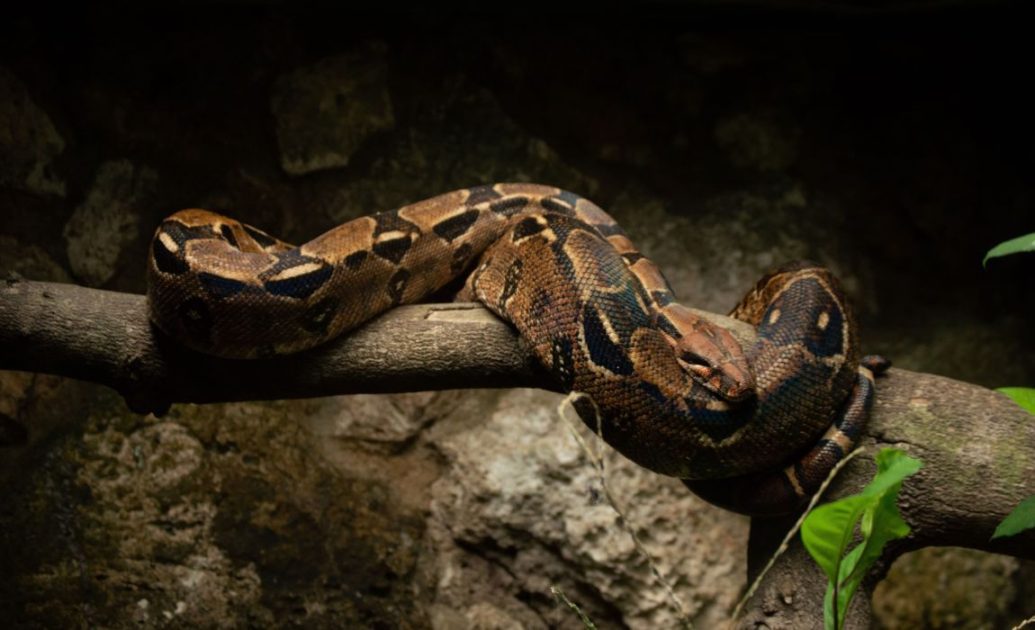
Macaws and toucans are some of the most colorful and iconic birds of the Amazon, with vibrant feathers and distinctive beaks. They can often be seen flying overhead or perched on treetops.
Caimans are large reptiles that resemble alligators and can be found in the rivers and streams of the Amazon. They are powerful predators and are known to hunt fish and other small animals.
Giant otters are the largest otter species in the world and can be identified by their distinctive brown fur and white throats. They are excellent swimmers and are often seen hunting fish in the rivers and streams of the Amazon.
Tips for spotting and identifying different species
Spotting and identifying Amazonian wildlife can be a challenging task, as many species blend in well with their surroundings and are often only active during certain times of the day. However, there are a few tips and tricks that can help you improve your chances of spotting different species.
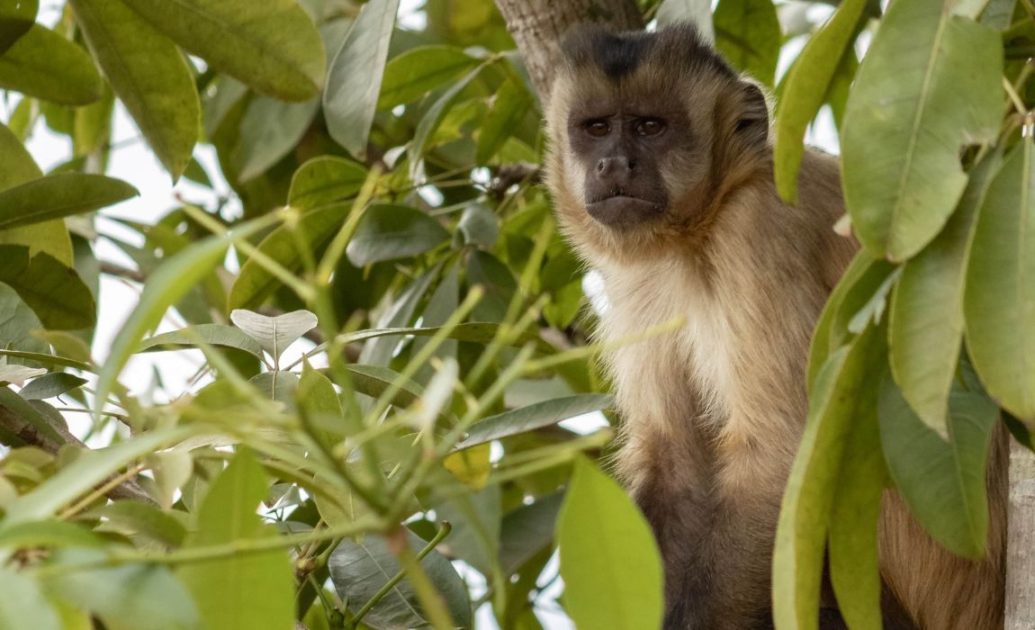
First, learn to recognize the sounds and vocalizations of different animals. Many Amazonian species use vocalizations to communicate with each other, and being able to identify these sounds can help you locate animals more easily.
Second, pay attention to your surroundings and look for signs of animal activity, such as tracks, nests, and feeding patterns. Many species leave distinctive traces of their presence that can be spotted with a trained eye.
Finally, consider hiring a local guide or naturalist to help you navigate the rainforest and identify different species. Local guides are often highly knowledgeable about the wildlife in their area and can provide valuable insights and information.
Common behaviors and characteristics of each species
Each Amazonian species has unique behaviors and characteristics that can help you identify them in the wild. For example, jaguars are powerful hunters that often ambush their prey from a concealed position, while anacondas are excellent swimmers that use their strength and stealth to catch fish and other prey.
Macaws and toucans are highly social birds that often gather in flocks and use their colorful feathers and distinctive calls to communicate with each other. Caimans are cold-blooded reptiles that rely on the heat of the sun to regulate their body temperature, while giant otters are highly social animals that use teamwork to catch fish and defend their territory.
By learning to recognize these behaviors and characteristics, you can gain a deeper understanding of the unique and complex ecosystem of the Amazon and the fascinating creatures that call it home.
Staying Safe While Encountering Amazonian Wildlife: Precautions and Dos and Don’ts
While encountering Amazonian wildlife can be a thrilling and unforgettable experience, it is important to approach these encounters with caution and respect. Many of these animals are powerful and potentially dangerous, and interacting with them in the wrong way can put both you and the animal at risk.
Precautions to take when encountering wildlife in the Amazon
When encountering wildlife in the Amazon, there are a few precautions that you should always take to ensure your safety and the safety of the animals around you.
First, keep a safe distance from the animals and never approach them too closely. This not only protects you from potential danger but also ensures that you do not disrupt the animal’s natural behaviors or habitat.
Second, be aware of your surroundings and listen for any warning signs from the animals. Many species will give off vocalizations or other cues when they feel threatened or defensive, and it is important to respect these signals and back away if necessary.
Finally, always follow the guidance of local guides and naturalists, who are often highly trained in wildlife safety and can help you navigate encounters with animals safely and responsibly.
Dos and Don’ts when interacting with Amazonian wildlife
When interacting with wildlife in the Amazon, there are a few basic dos and don’ts to keep in mind.
DO:
- Observe animals from a safe distance and avoid approaching them too closely.
- Listen for warning signs from the animals and be prepared to back away if necessary.
- Use binoculars and cameras to observe animals without disrupting their behavior or habitat.
- Follow the guidance of local guides and naturalists, who can help you navigate encounters with wildlife safely and responsibly.
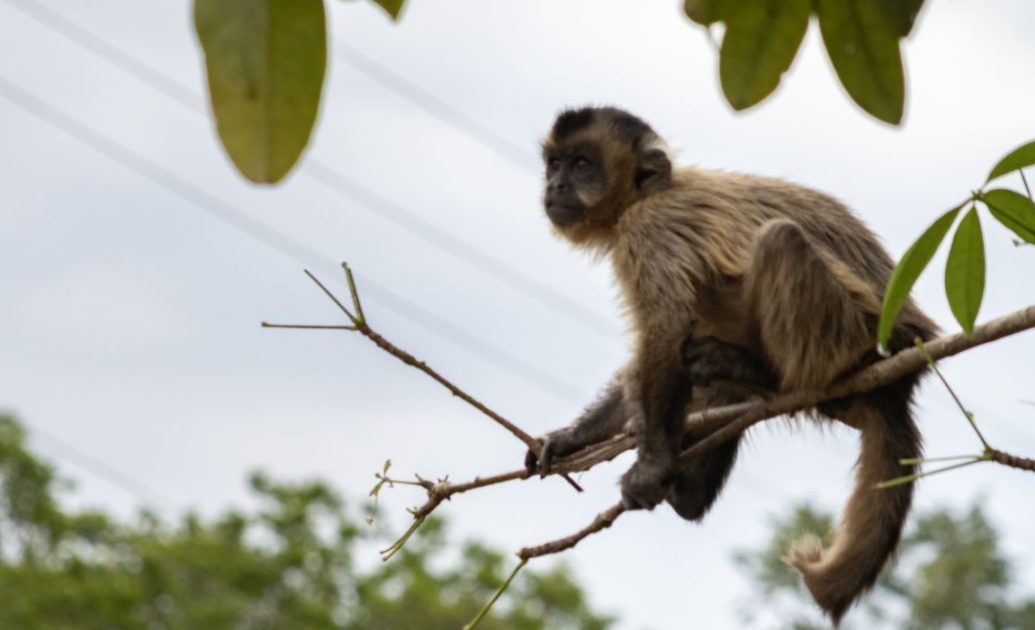
DON’T:
- Attempt to touch or handle animals, even if they appear friendly or docile.
- Feed or bait animals, as this can disrupt their natural feeding patterns and create dependency on human food.
- Make loud noises or sudden movements that could startle or frighten the animals.
- Attempt to get closer to animals in order to take a better photo or video.
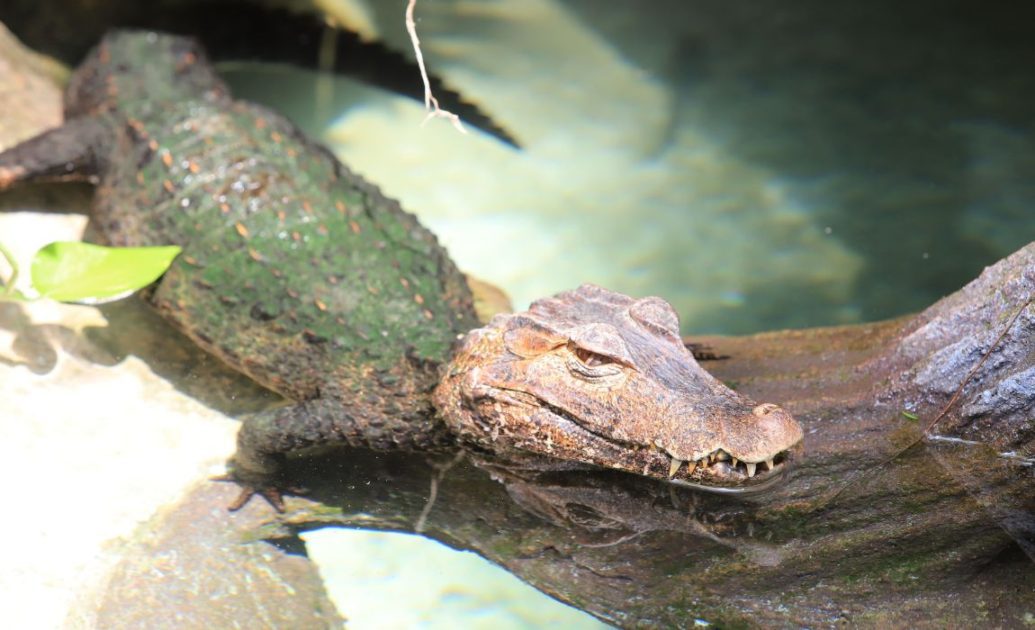
By following these simple guidelines, you can enjoy safe and responsible encounters with Amazonian wildlife while preserving the delicate balance of this incredible ecosystem.
Wrapping up
Encountering Amazonian wildlife can be a truly unforgettable experience, providing a window into the unique and complex ecosystem of the rainforest. Whether you’re spotting monkeys and sloths high up in the trees or catching glimpses of jaguars and anacondas on the forest floor, there is always something new and fascinating to discover in this incredible environment.
Throughout this guide, we’ve explored some of the key species of Amazonian wildlife and provided tips and guidelines for safely and responsibly observing them in the wild. From identifying monkey and sloth species to understanding the behaviors and characteristics of jaguars, anacondas, macaws, toucans, caimans, and giant otters, we hope that this guide has inspired you to explore the incredible world of Amazonian wildlife.
If you’re interested in encountering Amazonian wildlife during your trip, be sure to check out these Amazon Rainforest trip guides. Whether you’re looking for a shorter 3-day trip or a more immersive 7-day adventure, these guides have everything you need to make the most of your journey.
And if you’re still deciding on where to go in the Amazon, consider Puerto Nariño, a truly unique and unforgettable destination that offers something for everyone. Check out this guide to 10 reasons why Puerto Nariño should be your next Amazon adventure for some inspiration on why this one-of-a-kind destination is worth a visit.
However, it is important to remember that encountering wildlife in the Amazon also comes with a responsibility to respect the animals and their environment. By following the dos and don’ts of wildlife encounters and taking precautions to ensure your safety and the safety of the animals around you, you can enjoy a responsible and sustainable wildlife-watching experience that supports conservation efforts and preserves the natural beauty of the rainforest for generations to come.
This article may contain affiliate links. I receive a small commission when you purchase products or services through these links at absolutely no extra cost to you. This is a free way to support me and allow me to continue to create inspiring adventure travel guides. See my disclosure notice for more information.
